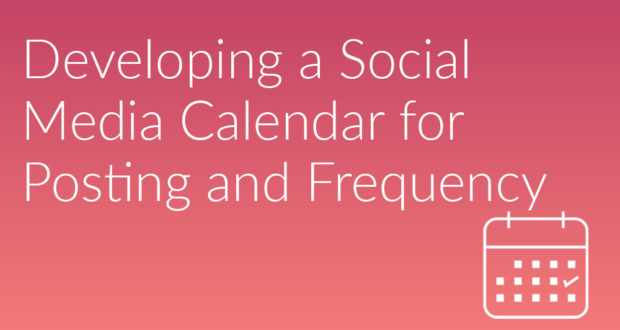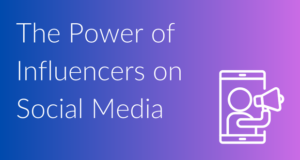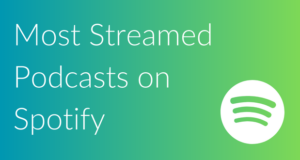Just as how people use calendars and planners in their daily life to keep track of their tasks, appointments, and vacations, social media managers are also highly recommended to apply the same method to social media as well. A social media calendar allows account managers to properly track their new content, news, and ideas, especially if they track multiple social media accounts. The most important idea of a social media calendar, however, is to focus on creating and posting content that revolves around the targeted audience.
Benefits of A Social Media Calendar
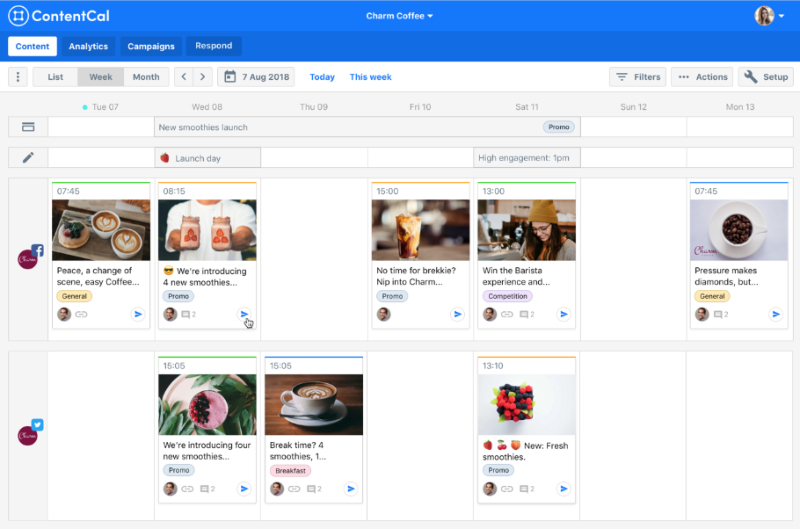
Unlike posting content, which takes a click of a button, creating the content can take a minute. Other than following the usual social media content strategy, the social media team still has to research trending topics nearly every day to target their audience. Furthermore, they may also feel overwhelmed by coming up with enough ideas that can fill out the next few months. This can be avoided by using a social media calendar since planning an overview of the month and setting realistic goals can drive progress. Another plus side is that social media managers can plan out their content months in advance and schedule posts ahead of time while building consistency in their brand.
Other than the specific content planned for the month, for the most part, managers can generalize their plans for the following months. For example, the month may be November, but for January, a social media manager may write, “Prepare for the Valentine’s Day campaign: produce the visuals.” It is a general statement but it is something that summarizes their duties and could be the goal for that month.
That said, a social media calendar may keep social media managers organized and prepared for their upcoming campaigns, and they may have created content that is specifically intended for their audience, but are they posting their content at the times when their target audience can see it?
Studying The Audience
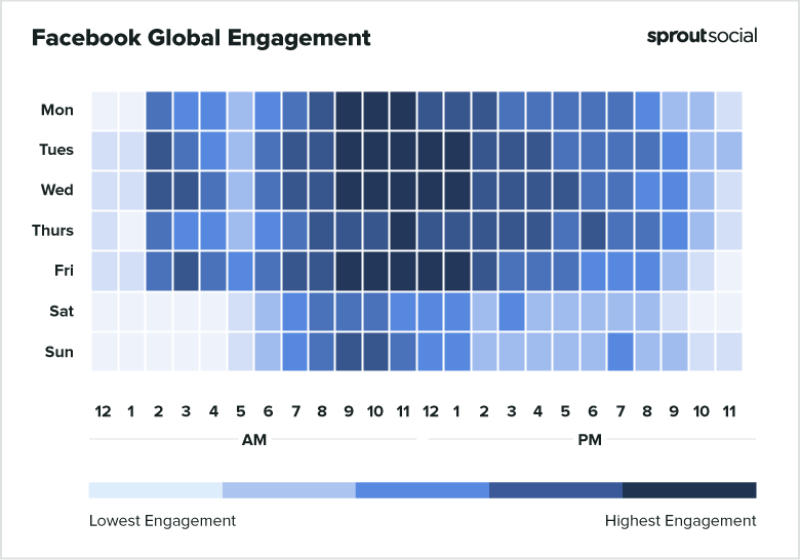
In order to properly create a social media calendar, the social media manager and their team must first understand their audience. Who exactly is their target audience? What days and times are they actively online? What are their interests? Many social media accounts still follow the mystical chart of all knowing, the chart of “best times to post on (insert platform name).” Technically, following this chart could get an account started somewhere, but growing a brand in the long run consists of knowing and studying the audience an account already has.
Start this process by running a social media audit of previous posts that had high engagement. Find out what about the posts that attracted so many people. Perhaps it was the topic, hashtags, or keywords that were used, or maybe it was simply the image itself. Whatever it is, once these factors are collected, use social media listening to see an overview of what the audience engages with on different social platforms. By obtaining and analyzing this information, a social media team will be able to appeal to the people who follow their brand on different platforms and advertise towards their likes while gaining new followers who share the same interests.
Creating a Posting Schedule
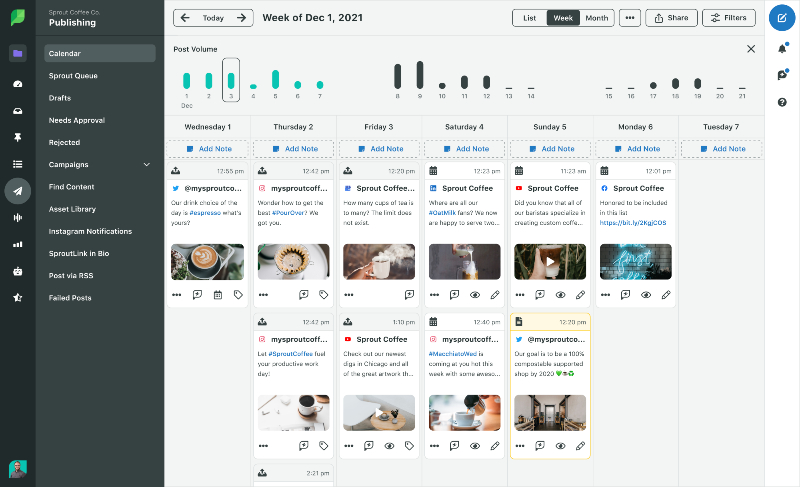
Now that the social media team has a clearer understanding of their audience, the next step is to create a posting schedule that targets their audience. While using the previous trends analyzed as a guide, find what days and times got the highest engagement. This can also differ between social media platforms, therefore be sure to target the audience based on the platform as well. An important note to remember is that quality comes before quantity; in other words, posting frequently is a way to meet the audience, but it is better to share content that is not irrelevant and is up to the brand’s standard.
As mentioned before, a social media calendar aids an account manager in generalizing their future campaigns and the motions of that month, such as “prepare for the Valentine’s Day campaign: produce the visuals.” It is extremely important to keep track of these campaigns as it comes around the corner, because typically when introducing big projects, brands not only need to know when to launch the campaign, but also what to post about the campaign. With a mix of regular content and announcements of the next campaign spread throughout the month prior to the launch, the audience can feel excitement for the new launch, building publicity and awareness all around.
Testing and Evaluation
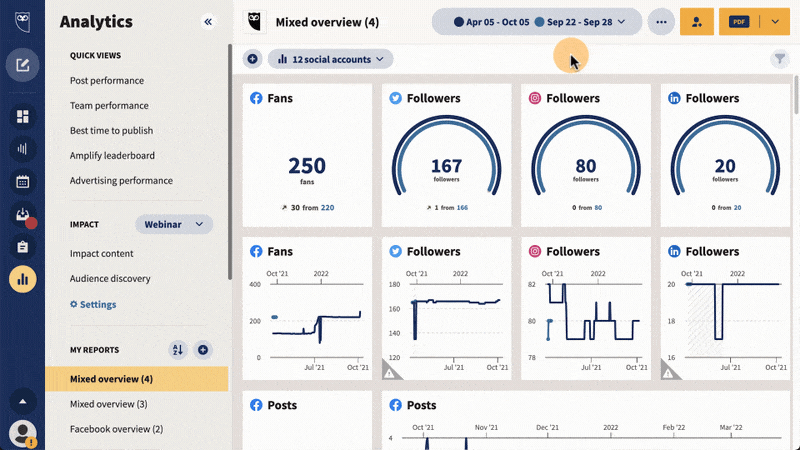
It may seem like social media calendars can only be used as a planning tool, but with the correct methods, it can also track measurements of the brand’s progress. After a social media campaign, social media teams should analyze the information collected from the project. If the methods and tests used this time around did not work, don’t implement them into future campaigns. Another option, instead, would be to use the failed methods on a different platform. A post that doesn’t do well on Instagram may perhaps do well on LinkedIn with some tweaking. Contrastingly, methods that promised high engagement should be optimized into future posts, as the team continues to create new methods and experiments.
Social media marketers can feel a great amount of stress if they’re deciding what content to create and post next every single week, and especially if they are balancing multiple accounts. A great tool that can lift some of that stress is social media calendars that are properly created and maintained. It is what allows the social media team to plan future content, campaigns, and keep everyone on the same page while working on other projects they are in charge of. Choose one of the many social media calendars out there, including ContentCal, Sprout Social, and Hootsuite, and release the stress overload!
 Social Media Data Insights & Resources for Social Media
Social Media Data Insights & Resources for Social Media
